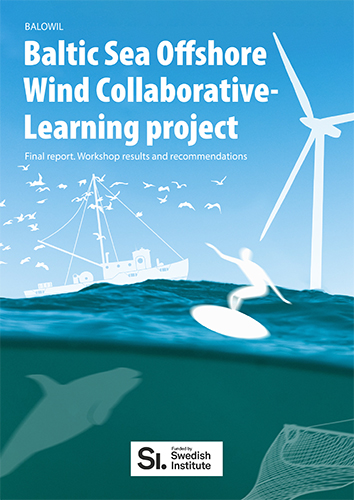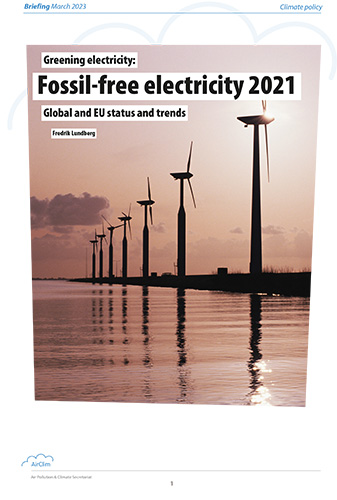
The high costs of inaction
Publication of a long-awaited EU proposal to tighten national emission ceilings (NEC) for air pollutants may yet again be delayed by the Commission.
The former Commission managed – without providing any valid motive whatsoever – to successfully manoeuvre to keep the revision of the NEC directive in limbo for five years. Judging from the statements this summer by Environment Commissioner Janez Potocnik, it now appears very likely that the new Commission intends to continue stalling the urgently-needed revision of this essential legislation for another three years (see article below).
Air pollution by fine particles is estimated to cause 455,000 premature deaths every year in the 27 EU member states, corresponding to almost 4.5 million years of life lost (see Acid News 2/2010, p. 1). Another air pollutant, ground-level ozone, is responsible for some 20,000 premature deaths each year.
In the year 2000, deposition of airborne nitrogen compounds in the EU exceeded the critical loads for eutrophication (overfertilisation) of vulnerable ecosystems over a total area of close to 1.2 million square kilometres, or an area nearly 40 times the size of Belgium. The critical loads for acidification were also exceeded in 280,000 square kilometres of forest ecosystems.
Continued excess pollutant inputs to various types of sensitive ecosystems will sooner or later result in harmful impacts to biodiversity, and some of this damage will be irreversible.
It has been speculated that one possible motive for the Commission's non-action on the NEC directive is that the costs of implementing new 2020 emission ceilings would be high and that they would particularly affect the newer member states.
However, the most recent updated analysis of the costs for achieving the environmental objectives of the Thematic Strategy on Air Pollution (TSAP) shows that the incremental annual air pollution control costs for the EU as a whole would amount to approximately €1.4 billion in 2020, which would equal just 0.01 per cent of the EU's GDP in that year.
In everyday terms, this would cost each EU citizen just €2.70 each year, or less than one eurocent per day.
At the time of writing, no updated estimate of the monetised health benefits of implementing the TSAP objectives has presented. When this was last investigated about two years ago, these benefits were valued at between €22 and €70 billion per year. If this estimate still holds, and there is no reason why it shouldn't, the benefits of action exceed the costs by up to 50 times.
Most member states are struggling to meet mandatory air quality standards for fine particles and nitrogen dioxide, and as it looks now, the Commission will most likely have to bring several countries to the Court of Justice for failing to comply with the legislation.
A revised NEC directive would spur necessary emission abatement action across the EU, thereby facilitating compliance with the air quality standards. It would also bring significant health, environmental, and socio-economic benefits.
Any further delay in the NEC directive revision would clearly be both irresponsible and costly – protection of human health and the environment cannot be put on hold.
Christer Ågren
NEC Scenario Analysis Report Nr 7. Consultancy report prepared by IIASA for the European Commission, dated 27 August 2010.

 Download this issue
Download this issue










